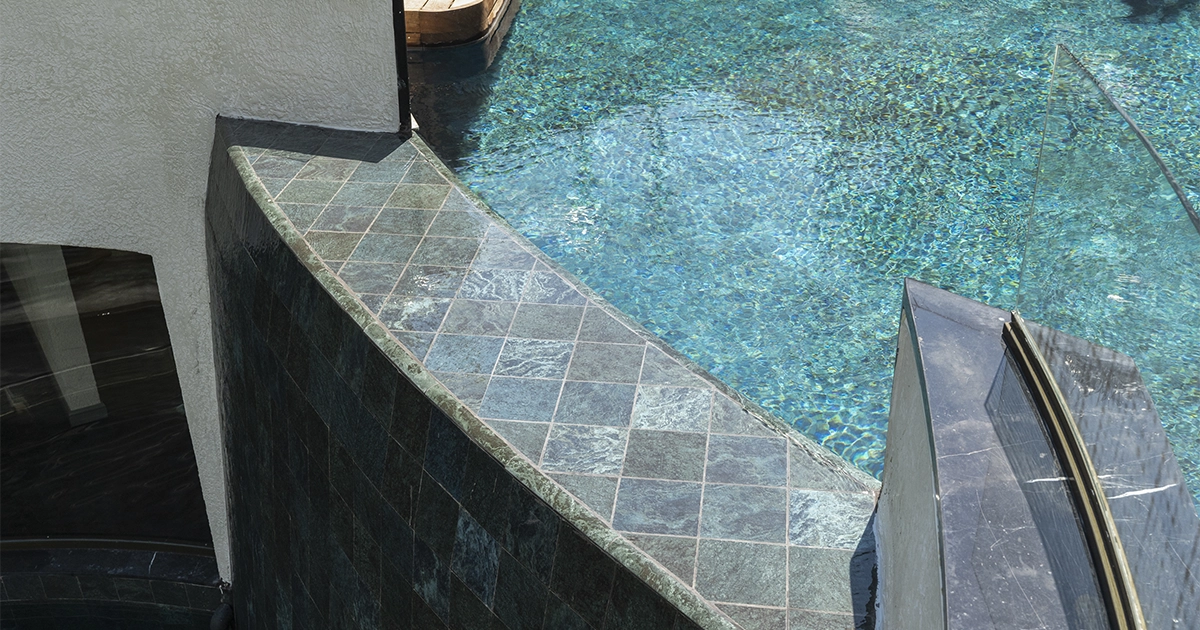 Glazed ceramic is an advanced cladding material manufactured by applying a special glaze layer onto a porcelain body that is fired at high temperatures and offers an extremely low water absorption rate (<0.5%). This production method not only delivers technical durability but also adds a unique surface character in terms of visual aesthetics. The applied glaze layer enhances brightness, color depth, and texture, while also acting as a powerful shield against scratches, UV exposure, chemical abrasions, and stains. In other words, glaze is not merely an aesthetic detail—it is a functional coating that extends the lifespan of the tile, increases hygiene, and improves user comfort. Particularly in areas like pools that are constantly exposed to water and chemicals, this layer ensures easier maintenance and preserves the original appearance for many years.
Glazed ceramic is an advanced cladding material manufactured by applying a special glaze layer onto a porcelain body that is fired at high temperatures and offers an extremely low water absorption rate (<0.5%). This production method not only delivers technical durability but also adds a unique surface character in terms of visual aesthetics. The applied glaze layer enhances brightness, color depth, and texture, while also acting as a powerful shield against scratches, UV exposure, chemical abrasions, and stains. In other words, glaze is not merely an aesthetic detail—it is a functional coating that extends the lifespan of the tile, increases hygiene, and improves user comfort. Particularly in areas like pools that are constantly exposed to water and chemicals, this layer ensures easier maintenance and preserves the original appearance for many years.
Features of Glazed Porcelain Ceramic Tiles
Glazed ceramic tiles are high-performance architectural materials that offer maximum durability and minimal maintenance. The technical advantages provided by the glaze layer distinguish them from unglazed ceramic surfaces. Key features include:
- Water absorption rate of less than 0.5%, ensuring resistance to freeze-thaw cycles.
- High score on the Mohs hardness scale, making them scratch-resistant.
- Chemical Resistance to acids and alkalis, enabling long-term use.
- Thermal shock resistance ensures safety in sudden temperature changes.
- UV Resistance prevents color fading over time.
- Strong surface durability, maintaining its strength in high-traffic areas.
What Is the Surface Texture of Glazed Porcelain?
Thanks to the glaze, glazed tiles can acquire a wide range of surface textures. From matte and glossy to semi-matte, granular, metallic, or marble-like finishes, they offer limitless design flexibility. In addition to visual variety, their stain-resistant properties provide Easy Maintenance. Their smooth surface makes them ideal for high-hygiene areas.
*Royal Holiday Palace Hotel Pool Project
Where Are Glazed Ceramic Tiles Used?
Due to their technical strength, glazed ceramics can be applied seamlessly across a wide range of architectural settings. Their primary areas of use include:
• Swimming pool interiors and surrounding surfaces
• Spa Area and wellness facilities
• Hotel, resort, and social facility projects
• Interior and exterior façades of residential buildings
• High-traffic areas such as malls and public structures
• Wet zones such as bathrooms, showers, and locker rooms
Advantages of Glazed Ceramic Tiles
Compared to alternative materials, glazed ceramics offer significant advantages that elevate the value of a space. Key benefits include:
• Much lower water absorption compared to standard Ceramic Tiles
• High mechanical and Chemical Resistance
• Decorative flexibility with a wide range of textures and patterns
• Hygienic solution through Easy to Maintain structure
• Ideal structure for both indoor and outdoor applications
Considerations When Applying Glazed Ceramic Tiles
For glazed ceramics to perform at their highest potential, their quality must be matched by a precise and professional application. A premium product only delivers long-lasting and aesthetic results when installation pays close attention to technical details. Rectified edges should be laid precisely with narrow grout joints to ensure seamless appearance and surface integrity. During cutting and edge finishing, professionals with the right equipment and expertise must be employed to prevent damaging the glaze. The correct surface texture (matte, glossy, or structured) should be chosen depending on light exposure, moisture level, and intended use. When all these factors come together, the glaze functions not just as an aesthetic coating but as a highly functional protective barrier.
Why Choose Glazed Ceramic?
In modern architecture, glazed ceramic is not just a covering—it is a sophisticated design element that defines spatial identity. With high durability, visual richness, and versatile performance, it meets both functional and decorative needs. The specialized glaze applied during production brings brilliance, depth, and rich coloration while delivering strong protection against scratches, chemicals, UV rays, and stains. As a result, glazed ceramics offer long-lasting surface solutions for both interior and exterior spaces.
Additionally, their non-porous structure provides a hygienic advantage, especially in areas like bathrooms, kitchens, and pool surroundings where cleanliness is paramount. With varied sizes, textures, and finishes, glaze empowers designers with creative freedom while supporting architectural harmony. In this sense, glaze is not just a surface finish—it’s a holistic design tool that brings value, dimension, and meaning to living spaces.
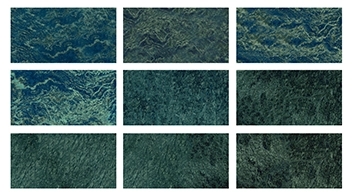
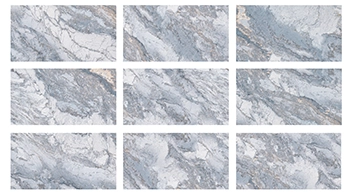
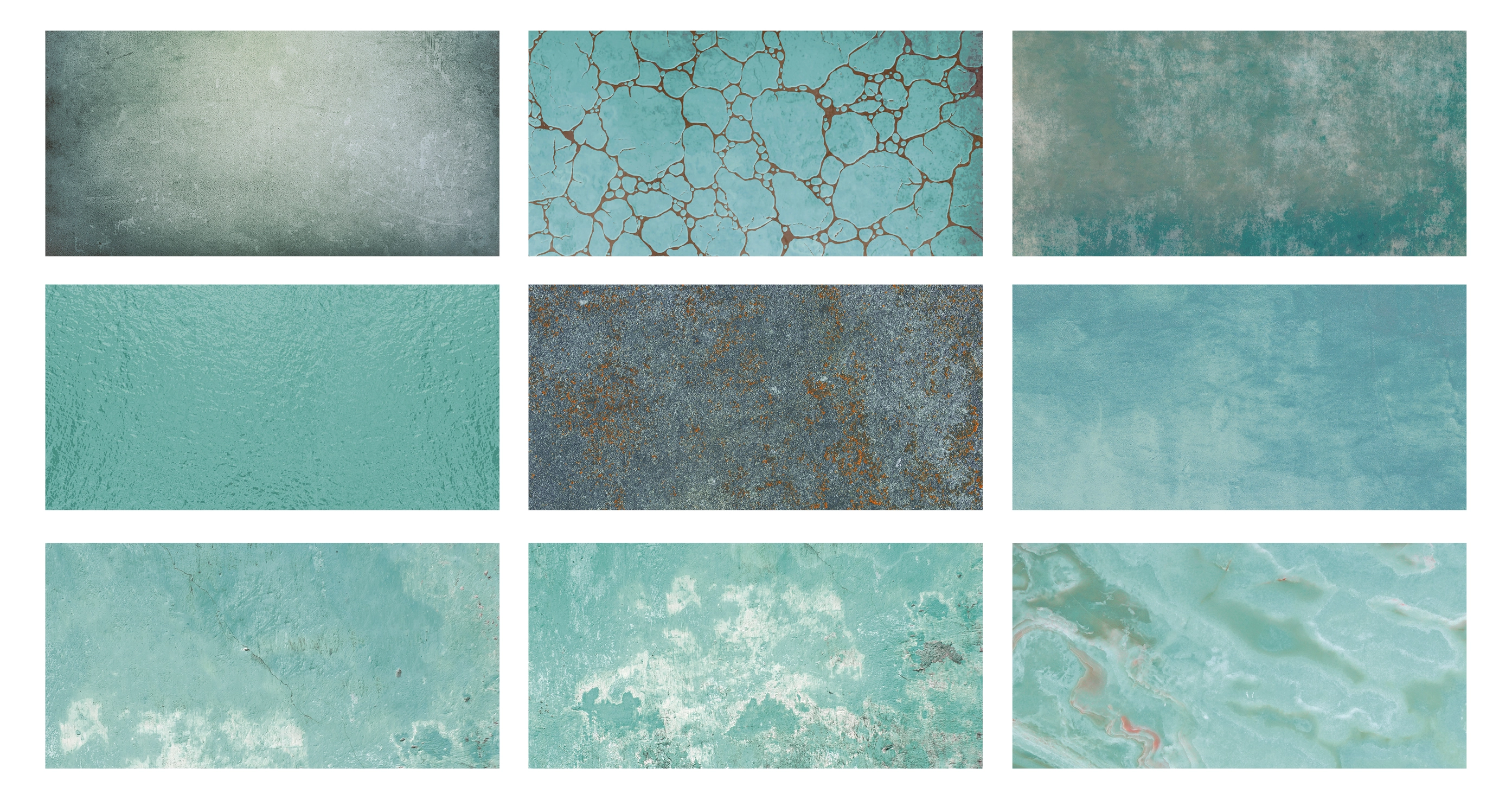
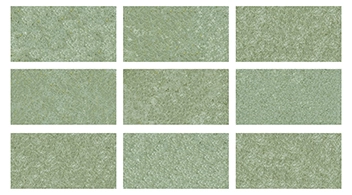
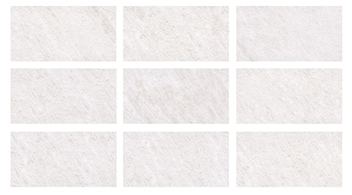
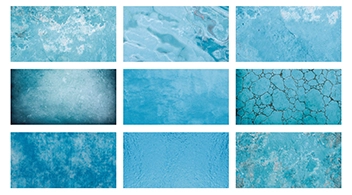
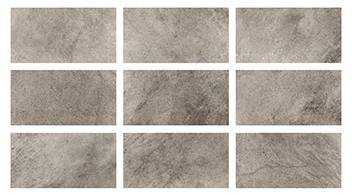

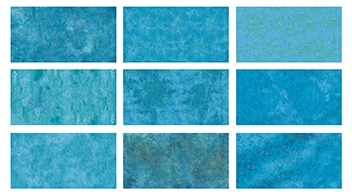
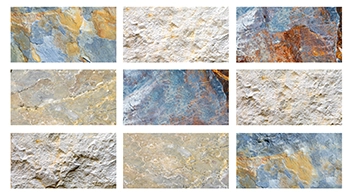
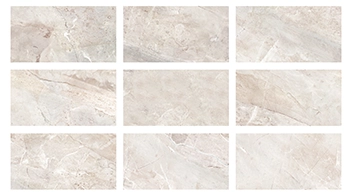
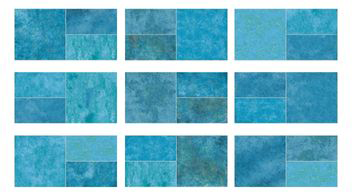
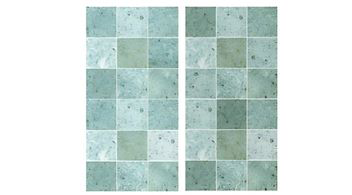

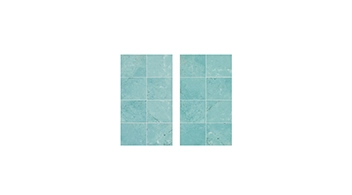

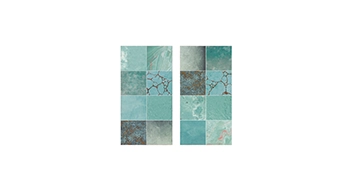
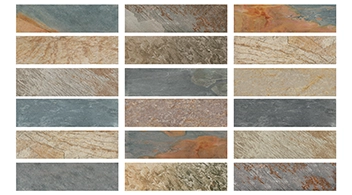
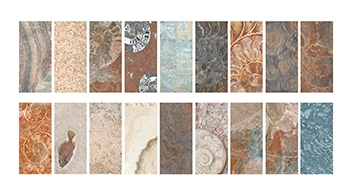
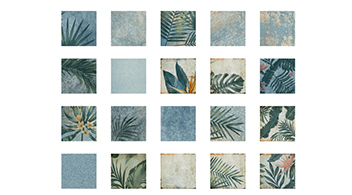
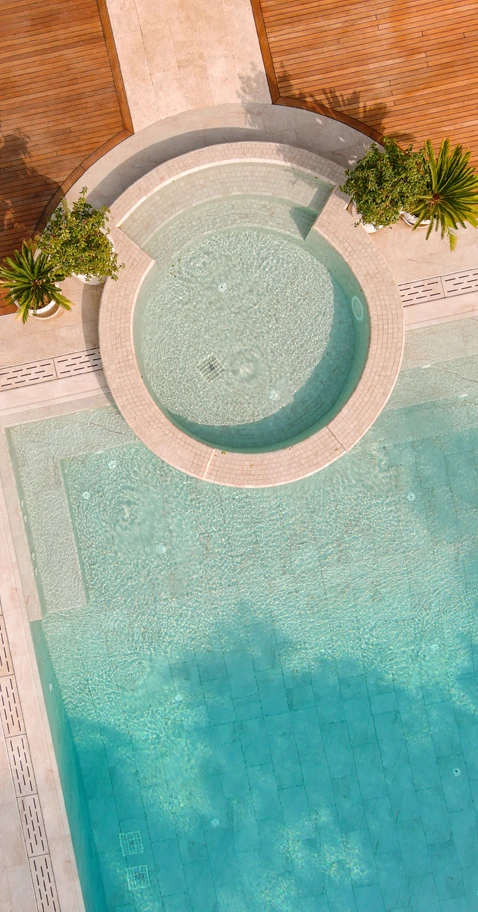

 Glazed ceramic is an advanced cladding material manufactured by applying a special glaze layer onto a porcelain body that is fired at high temperatures and offers an extremely low water absorption rate (<0.5%). This production method not only delivers technical durability but also adds a unique surface character in terms of visual aesthetics. The applied glaze layer enhances brightness, color depth, and texture, while also acting as a powerful shield against scratches, UV exposure, chemical abrasions, and stains. In other words, glaze is not merely an aesthetic detail—it is a functional coating that extends the lifespan of the tile, increases hygiene, and improves user comfort. Particularly in areas like pools that are constantly exposed to water and chemicals, this layer ensures easier maintenance and preserves the original appearance for many years.
Glazed ceramic is an advanced cladding material manufactured by applying a special glaze layer onto a porcelain body that is fired at high temperatures and offers an extremely low water absorption rate (<0.5%). This production method not only delivers technical durability but also adds a unique surface character in terms of visual aesthetics. The applied glaze layer enhances brightness, color depth, and texture, while also acting as a powerful shield against scratches, UV exposure, chemical abrasions, and stains. In other words, glaze is not merely an aesthetic detail—it is a functional coating that extends the lifespan of the tile, increases hygiene, and improves user comfort. Particularly in areas like pools that are constantly exposed to water and chemicals, this layer ensures easier maintenance and preserves the original appearance for many years.

.webp)